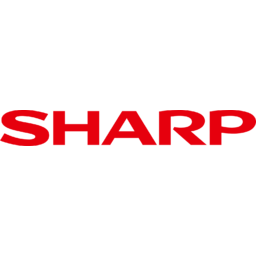
P/E ratio for Sharp Corporation (6753.T)
P/E ratio as of April 2024 (TTM): -1.61
According to Sharp Corporation's latest financial reports and stock price the company's current price-to-earnings ratio (TTM) is -1.61486. At the end of 2022 the company had a P/E ratio of -152.
P/E ratio history for Sharp Corporation from 2008 to 2023
PE ratio at the end of each year
| Year | P/E ratio | Change |
|---|---|---|
| 2022 | -152 | -1664.59% |
| 2021 | 9.73 | -91.08% |
| 2020 | 109 | 498.89% |
| 2019 | 18.2 | 101.11% |
| 2018 | 9.05 | -69.29% |
| 2017 | 29.5 | -1283.39% |
| 2016 | -2.49 | 285.48% |
| 2015 | -0.6459 | -97.74% |
| 2014 | -28.6 | 722.71% |
| 2013 | -3.48 | 512.33% |
| 2012 | -0.5684 | -83.43% |
| 2011 | -3.43 | -112.96% |
| 2010 | 26.5 | -298.97% |
| 2009 | -13.3 | -82.18% |
| 2008 | -74.6 |
How to read a P/E ratio?
The Price/Earnings ratio measures the relationship between a company's stock price and its earnings per share. A low but positive P/E ratio stands for a company that is generating high earnings compared to its current valuation and might be undervalued. A company with a high negative (near 0) P/E ratio stands for a company that is generating heavy losses compared to its current valuation.
Companies with a P/E ratio over 30 or a negative one are generaly seen as "growth stocks" meaning that investors typically expect the company to grow or to become profitable in the future.
Companies with a positive P/E ratio bellow 10 are generally seen as "value stocks" meaning that the company is already very profitable and unlikely to strong growth in the future.